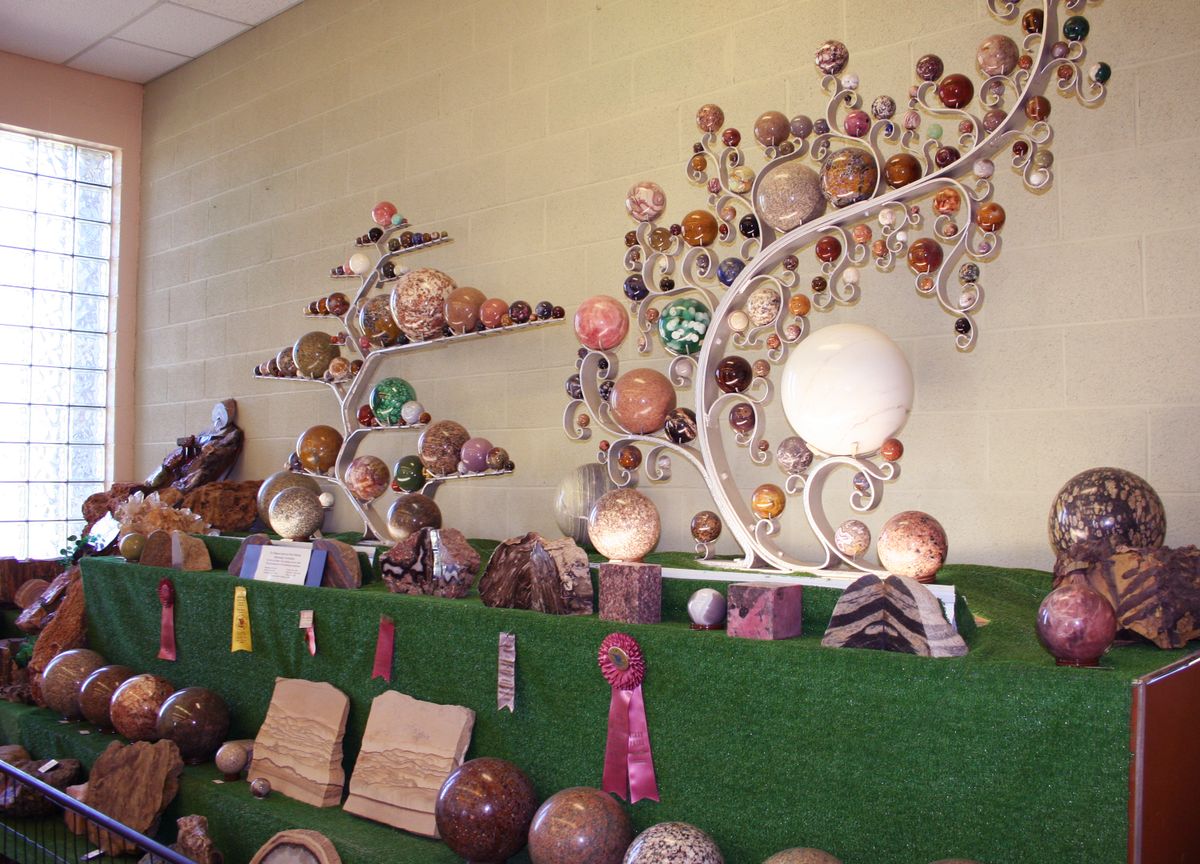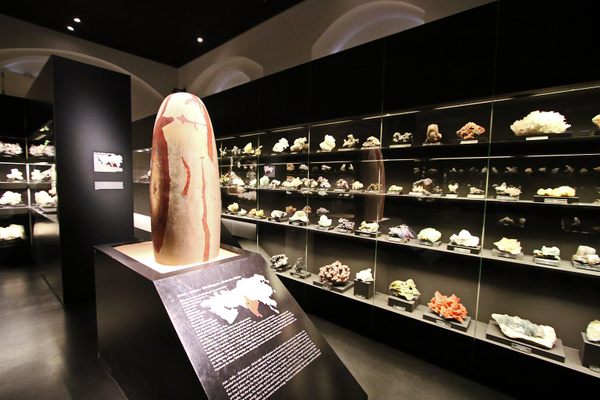About
Paul Broste was a local farmer, artist, and avid rock collector who thought his gems deserved a worthy home. With the Parthenon as his inspiration, he constructed the Rock Museum in 1966 on a hill in the small North Dakota town of Parshall, and dubbed it “the Parshall Acropolis.” There are now thousands of rocks in the Broste museum, making it the largest rock collection in the state.
Fitting for a rock museum, the building is made out of boulders, five-foot thick granite walls, steel doors, floors surfaced with thick, 8-pound tiles, and thick glass windows. Broste wanted the museum to display not just his rocks, but his artwork, too—paintings, sculptures, drawings, and poems. It wasn't an easy build. Broste had to sell his house and land to finance the building, and when it was complete he moved in.
In addition to the rock collection, which includes specimen such as geodes, opals, and tiger's eye, there is also a dinosaur egg, petrified wood, lead glass from a bunker at the Trinity nuclear test site, and a stone known as a rutilated quartz crystal, a crystal rippled with needle-like, golden-colored flecks. This bowling-ball-sized stone is the museum's most valuable and, according to the museum's curator, has even been on the Smithsonian's wish-list. The museum also has a florescent room featuring rocks that glow under black light.
Many of the museum's stones have been made into spheres, a practice known as lapidary, which Broste had been interested in since his youth. There are nearly 700 of these spheres in the museum, ranging in size from one inch in diameter, to a gigantic 17-inch diameter gneiss sphere. Broste constructed metal tree-like stands to display many of the spheres, including one display located in what he called the "Astronomical Cavalcade" or the "Infinity Room." This room features one of Broste's "trees" covered in 231 spheres representing what Broste called "an abstract conception of cosmic space."
When Broste died in 1975, he had no spouse or children. His museum, his "Parshall Acropolis" is his lasting legacy to this North Dakota town.
Related Tags
Know Before You Go
Open 12:00- 4:00, Wednesday through Saturday. Call ahead for tour information 701-862-3264
Community Contributors
Added By
Published
November 2, 2017


































